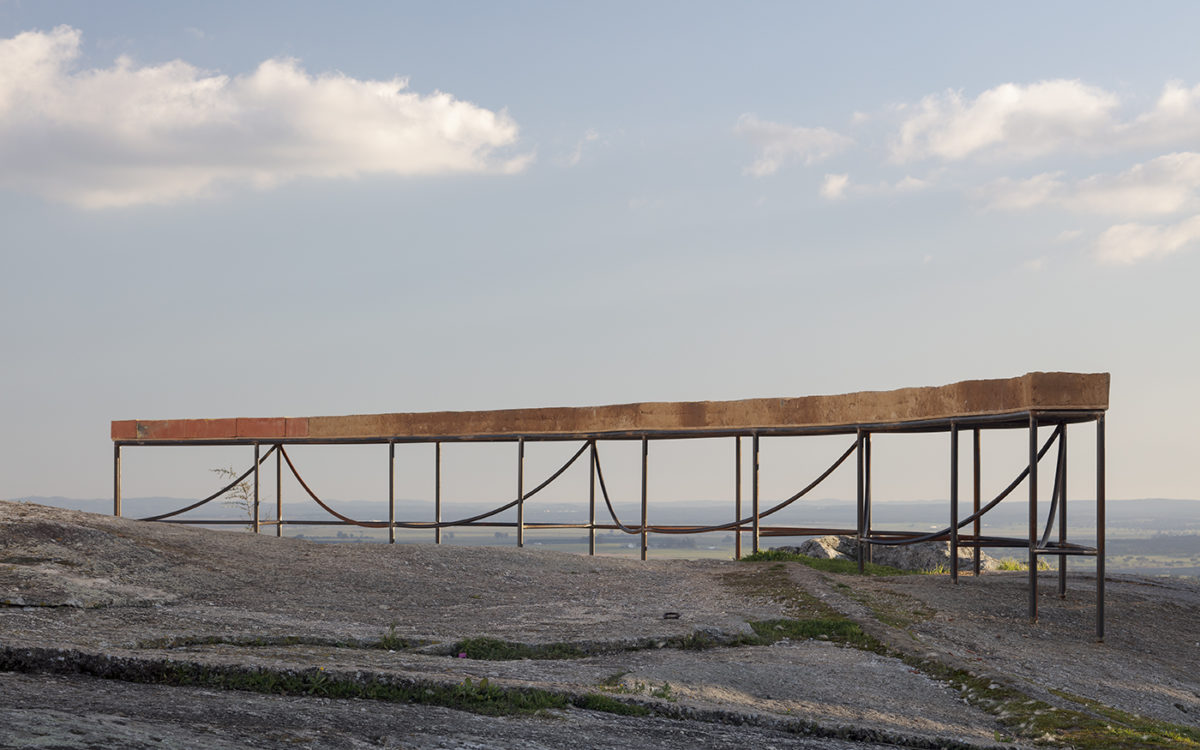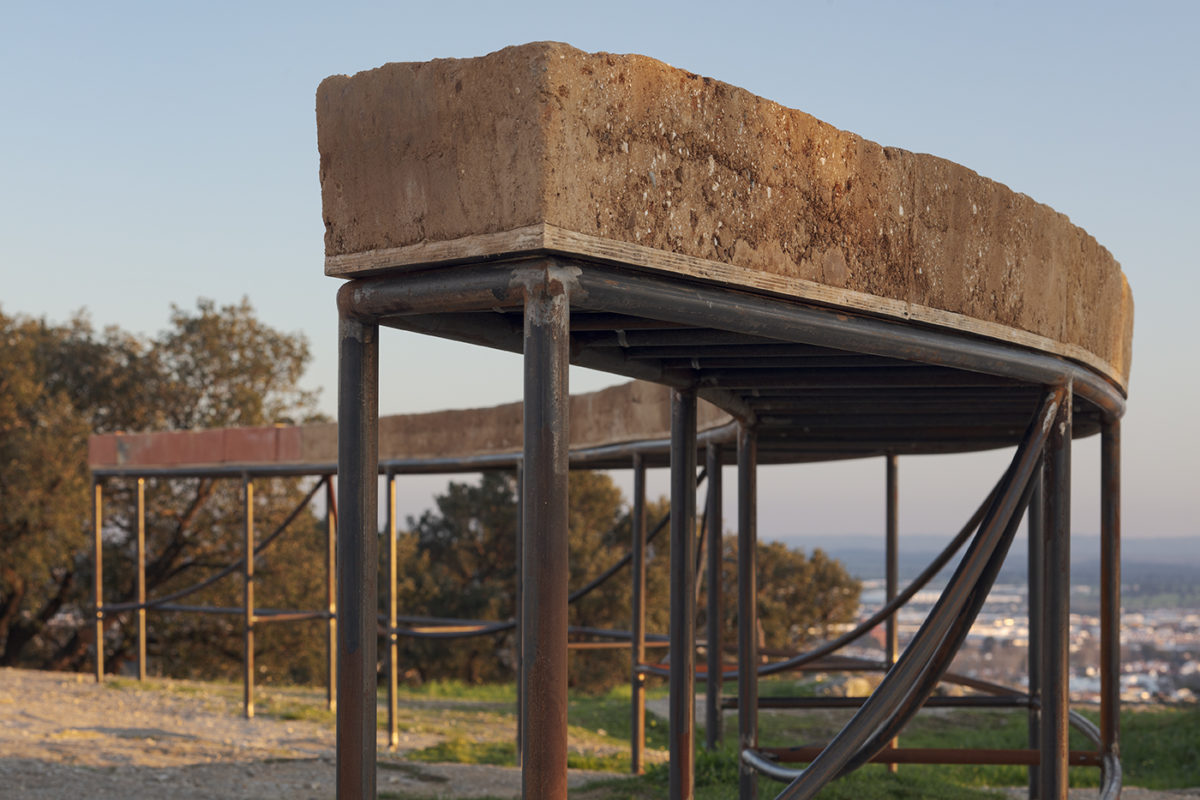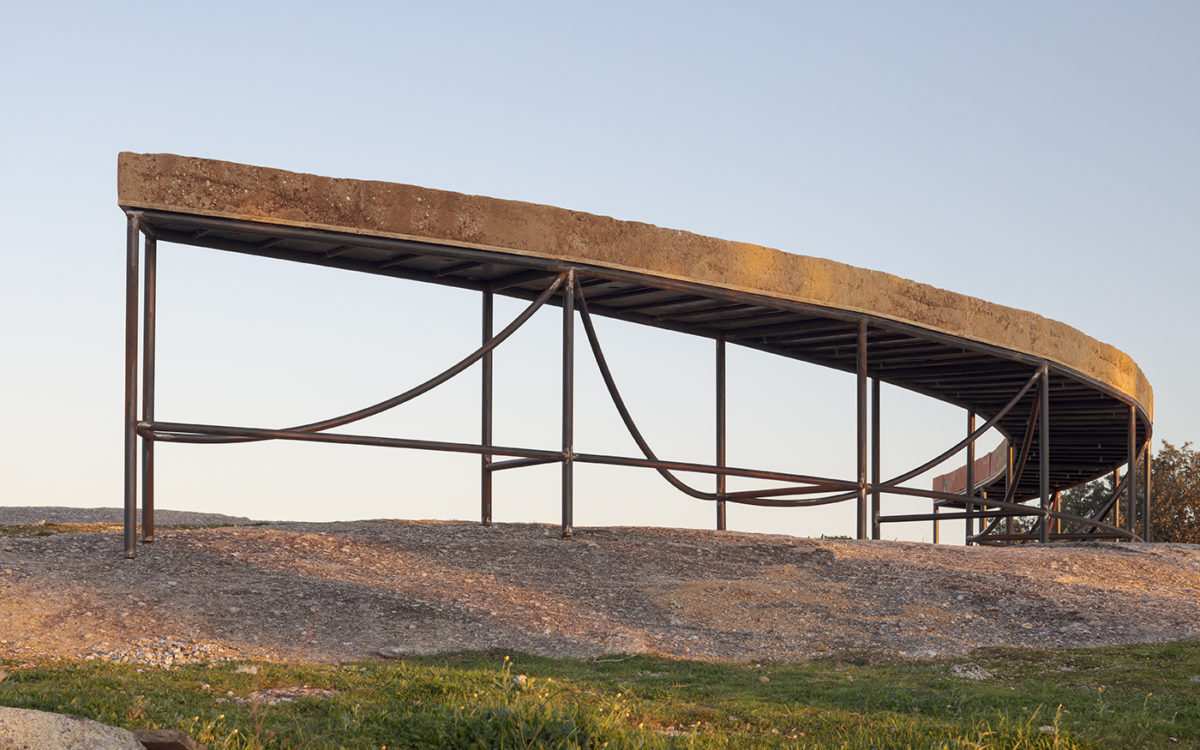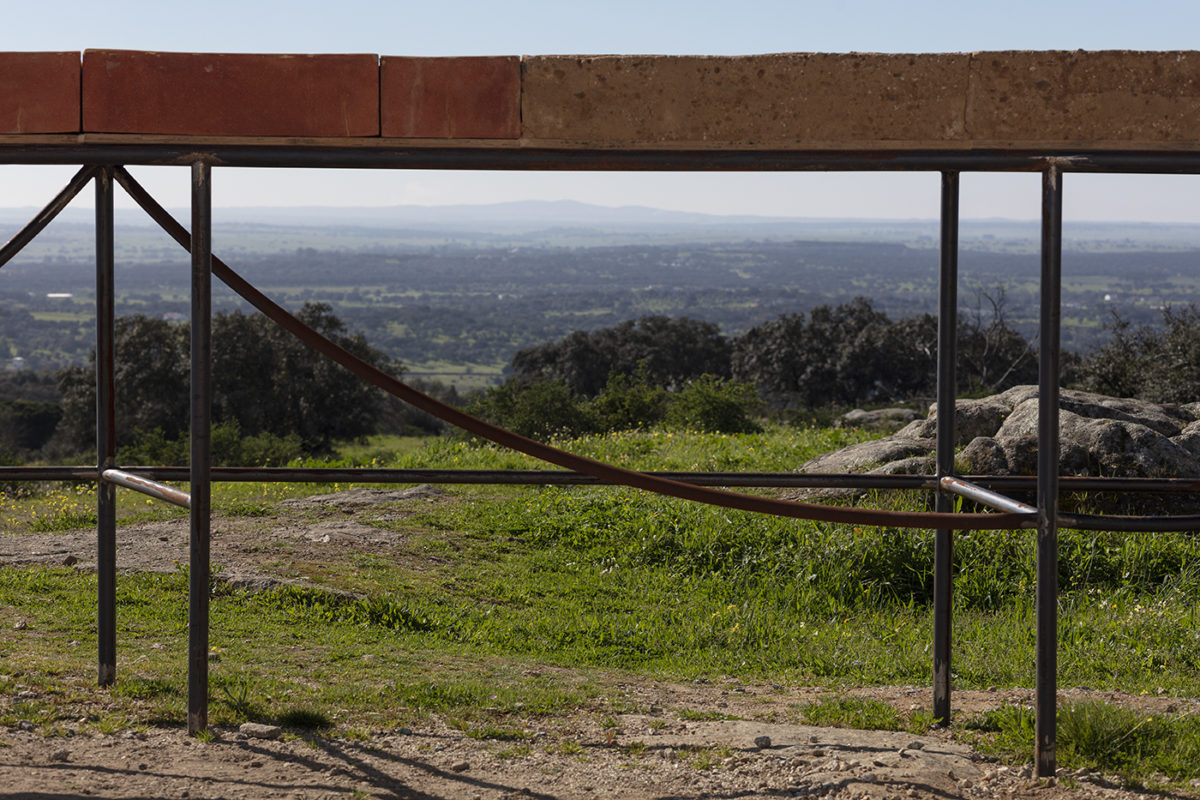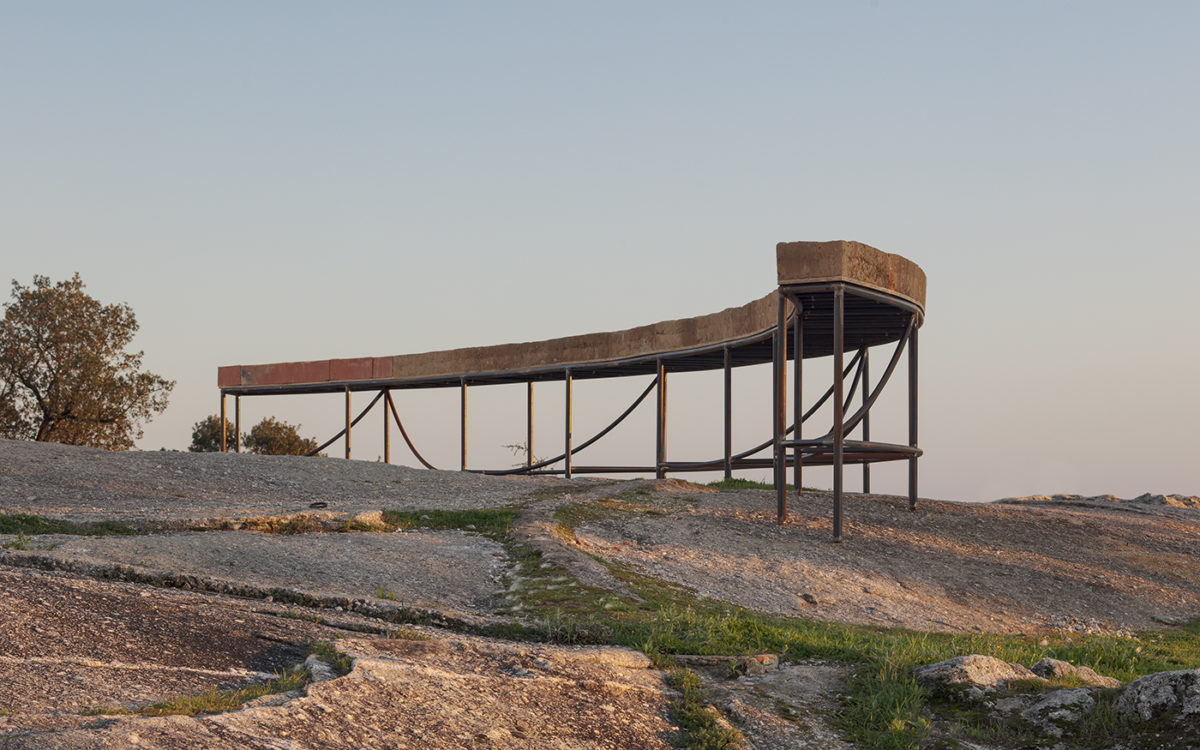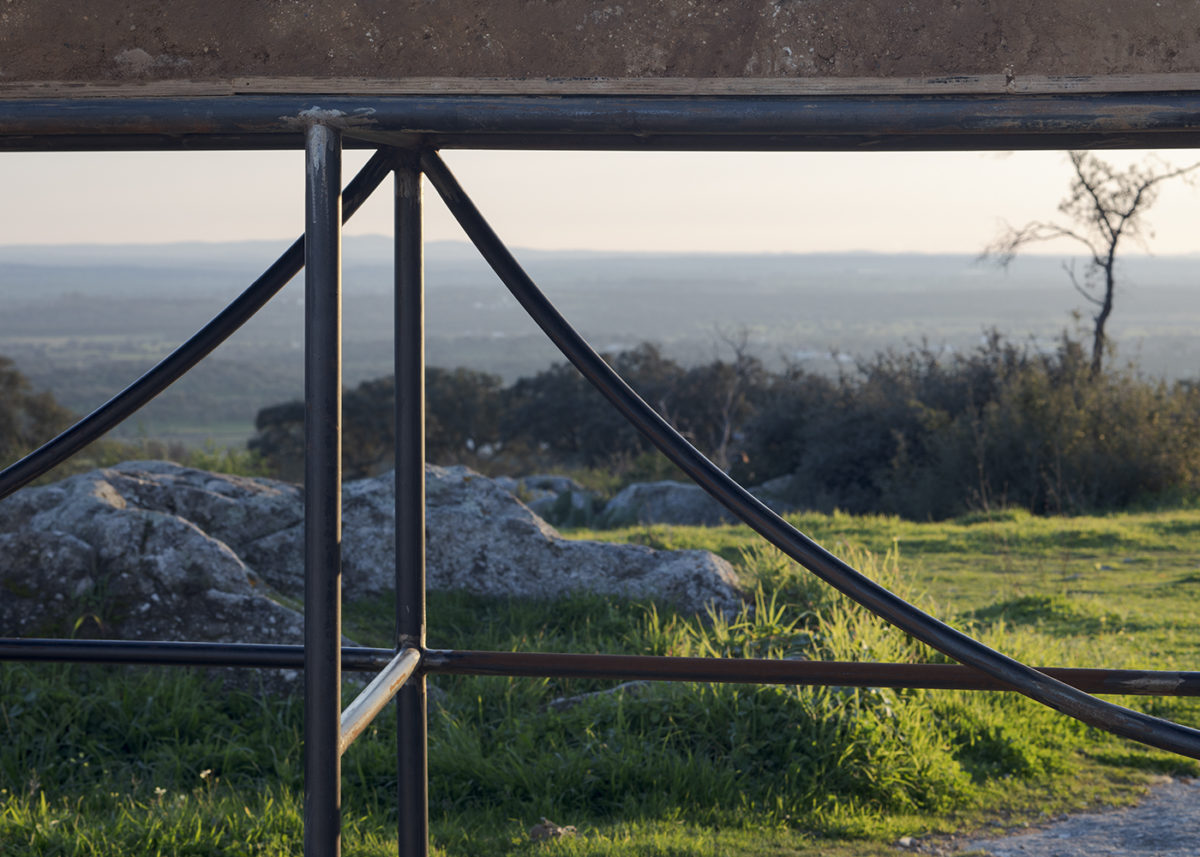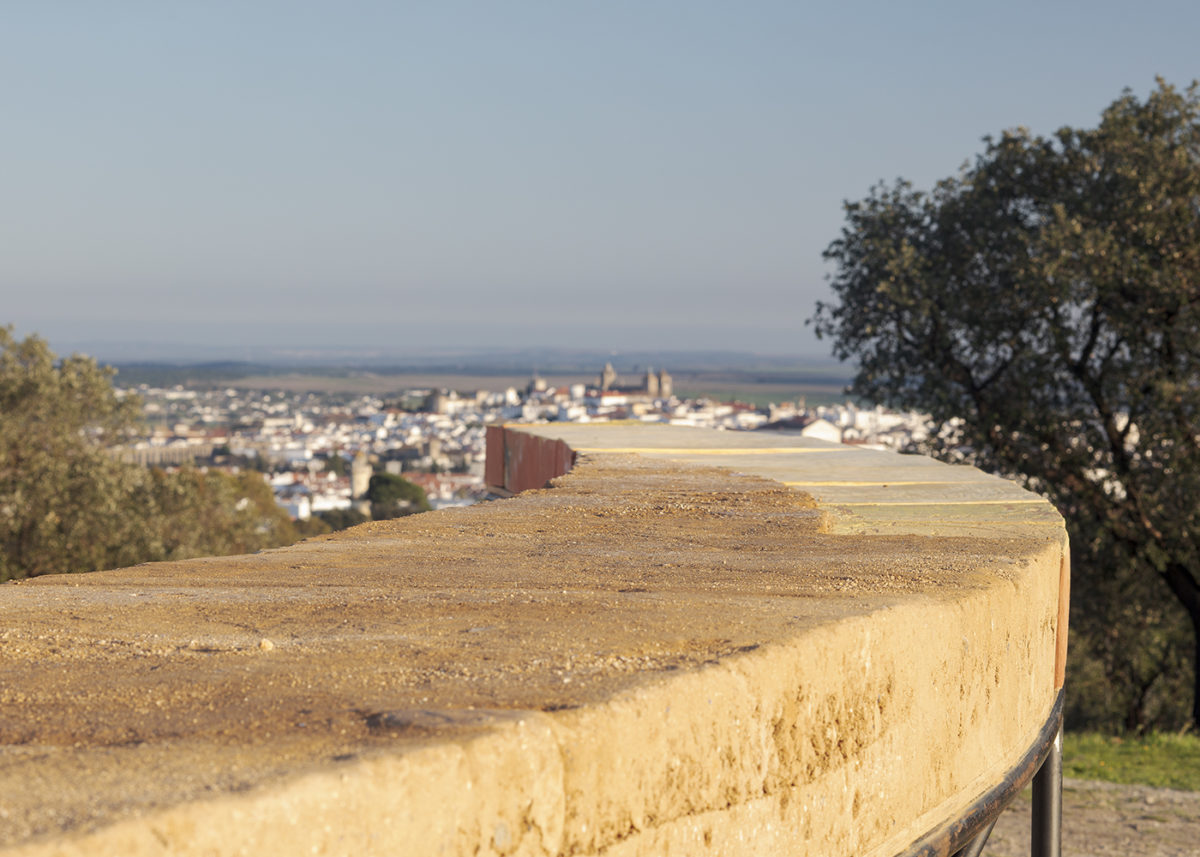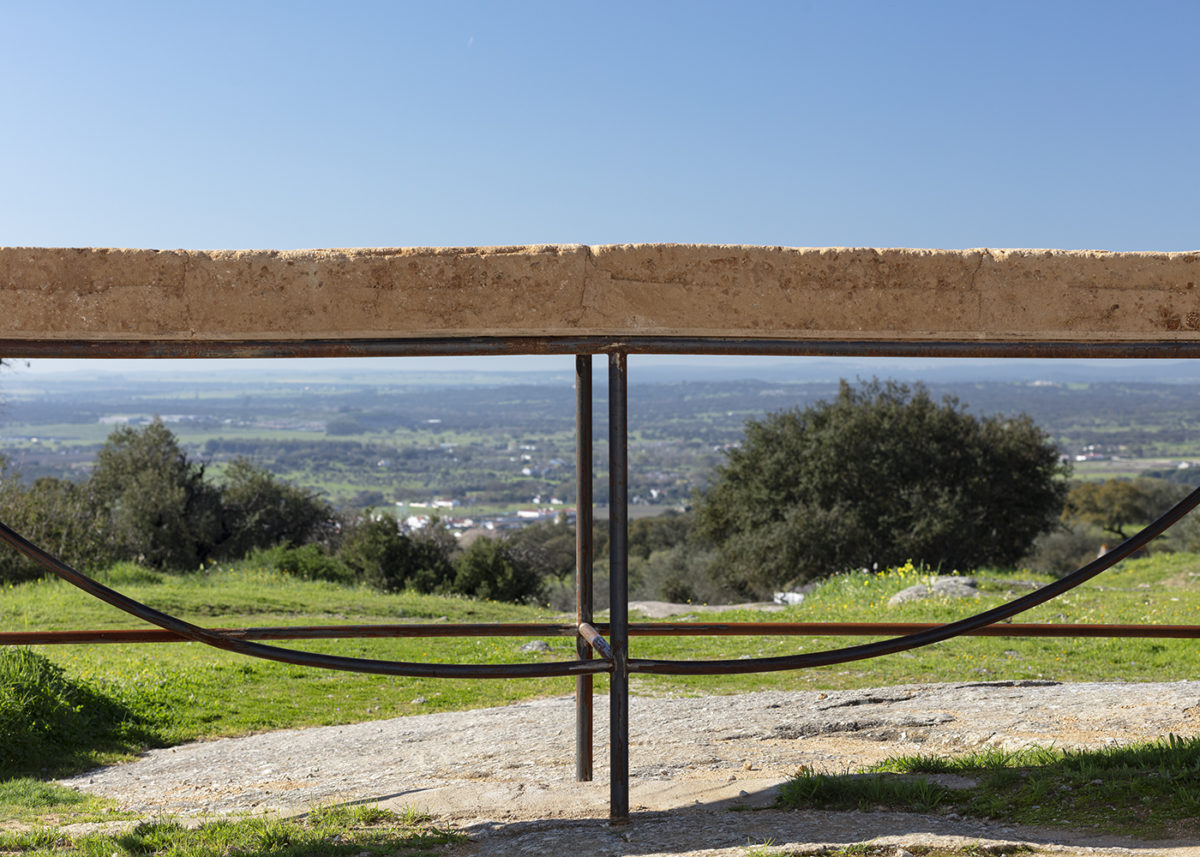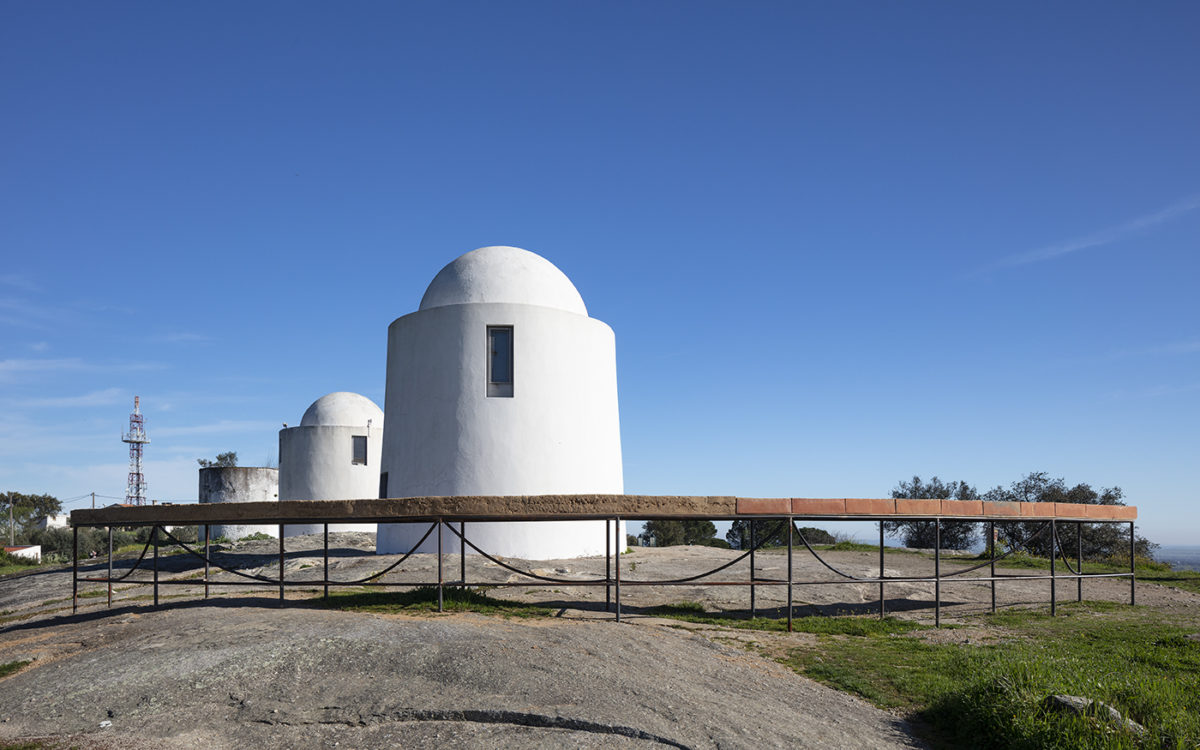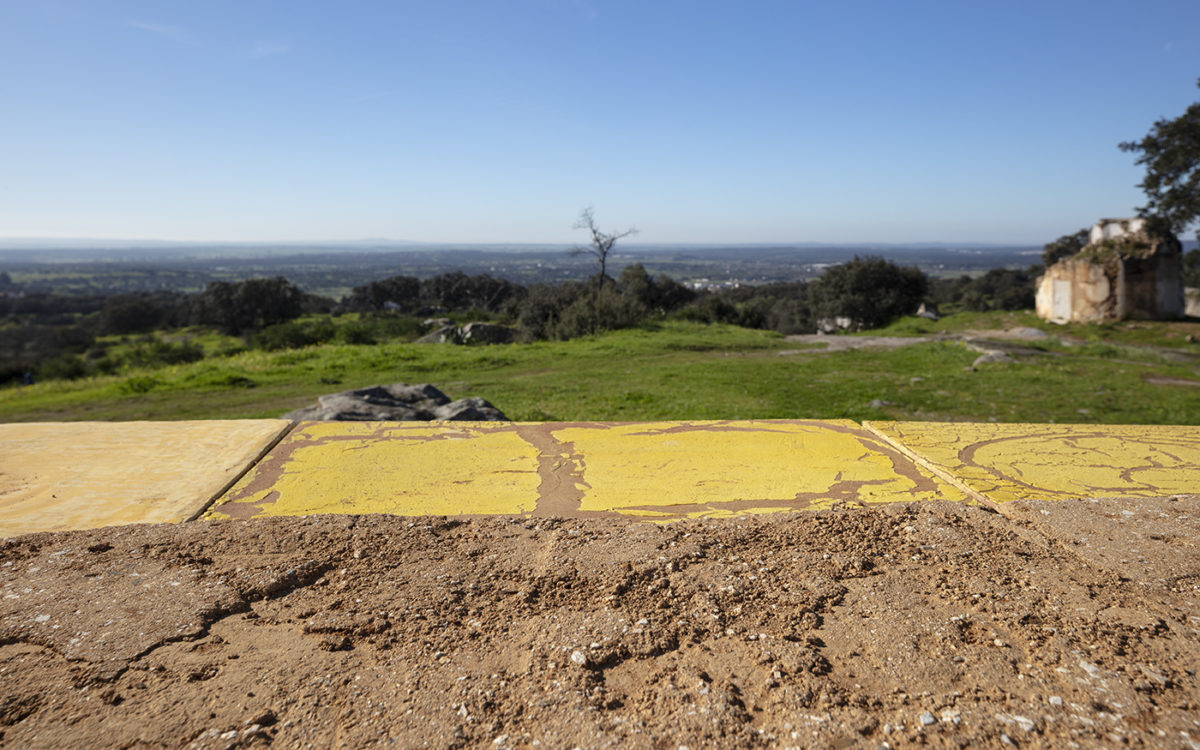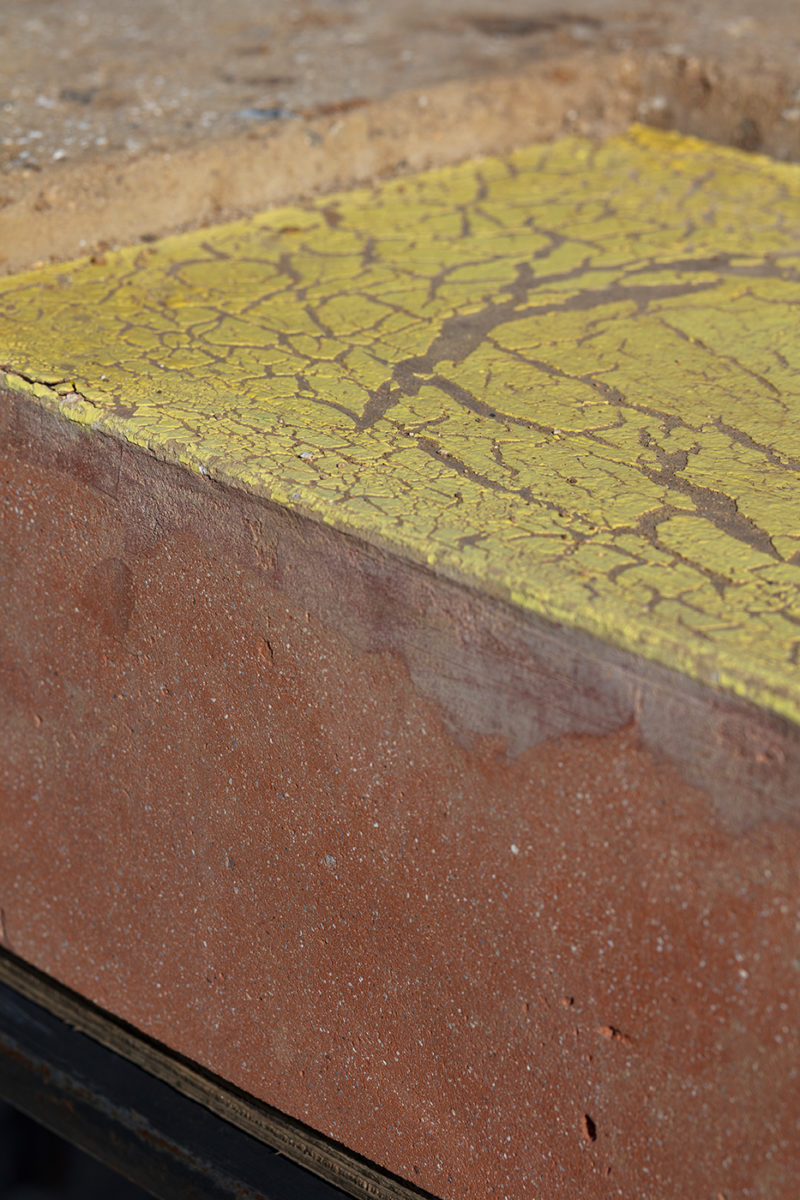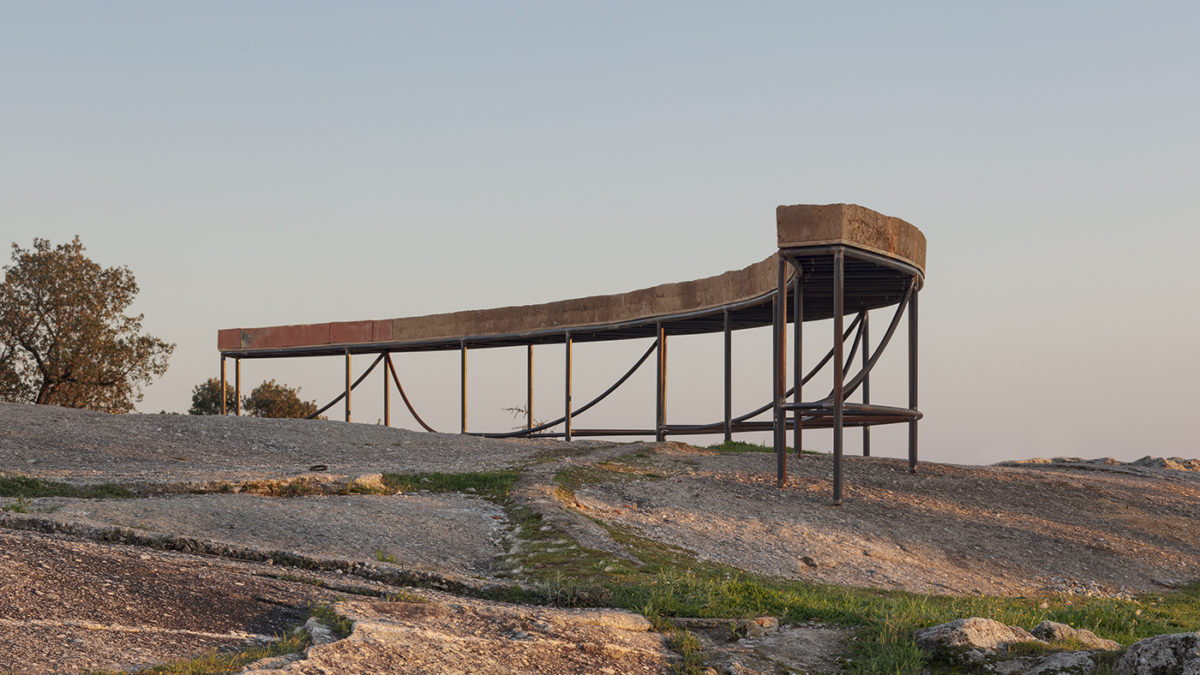
WALK THE CURVE
Walk the Curve is a site-specific public art project created by artists Ayelen Peressini and Inês Teles in collaboration with Évora City Council.
Ayelen Peressini develops a transdisciplinary practice moving in the frontiers of art, design and architecture. In her work, she explores material gestures, forms and spaces in an attempt to create new structures that would allow us to think and re-design the surroundings. With a strong focus on materiality, she creates unique pieces, installations and spatial designs for public and private contexts.
Inês Teles has a strong interest in process, materiality and transformation. Her work is filled with time consuming processes, frequently with a simultaneous sense of density and absence, pursuing a desire to achieve reduction through the act of accumulation. Although her education and artistic practice is rooted in painting, it has expanded into other fields. Painting as a place of dialogue with the surface, as a relationship between figure and background, visibility and invisibility, also began to include questions related to the reading of objects in space.
Walk the Curve is a large-scale installation conceived for Alto de São Bento’s geosite. Out of collaboration comes the desire to create a piece for the public space: starting from a body of work that investigates the different materials and architectural construction processes of the Alentejo region.
Also known as the city’s belvedere, Alto de São Bento is a place for contemplation. A viewpoint which establishes a distance from the city centre and, at night time, an infinitely greater distance given by the action of stargazing. In the act of observation and in line with the introspective nature of the site, a measurement comes along between the subject and the reality, between the subject and the universe.
This collaboration started from an investigation of the place, its historical, geophysical and environmental aspects and aims to create an articulation between the architecture and the rural landscape, using a variety of materials including metal, wood, mud and ceramic. In an attempt to reveal the different levels of construction, soil and matter, this intervention has several reading times, expressed through several layers that demand interrogation through the act of walking. As Richard Serra already declared “walking is measuring”.
This year, in further addition to the project, a bilingual publication will be produced, containing not only texts from several authors, such as Raquel Guerra, João Rolaça and Tânia Teixeira, but also photographic and documentary images that illustrate the various construction stages.
Photography by Alexandre Ramos
C

